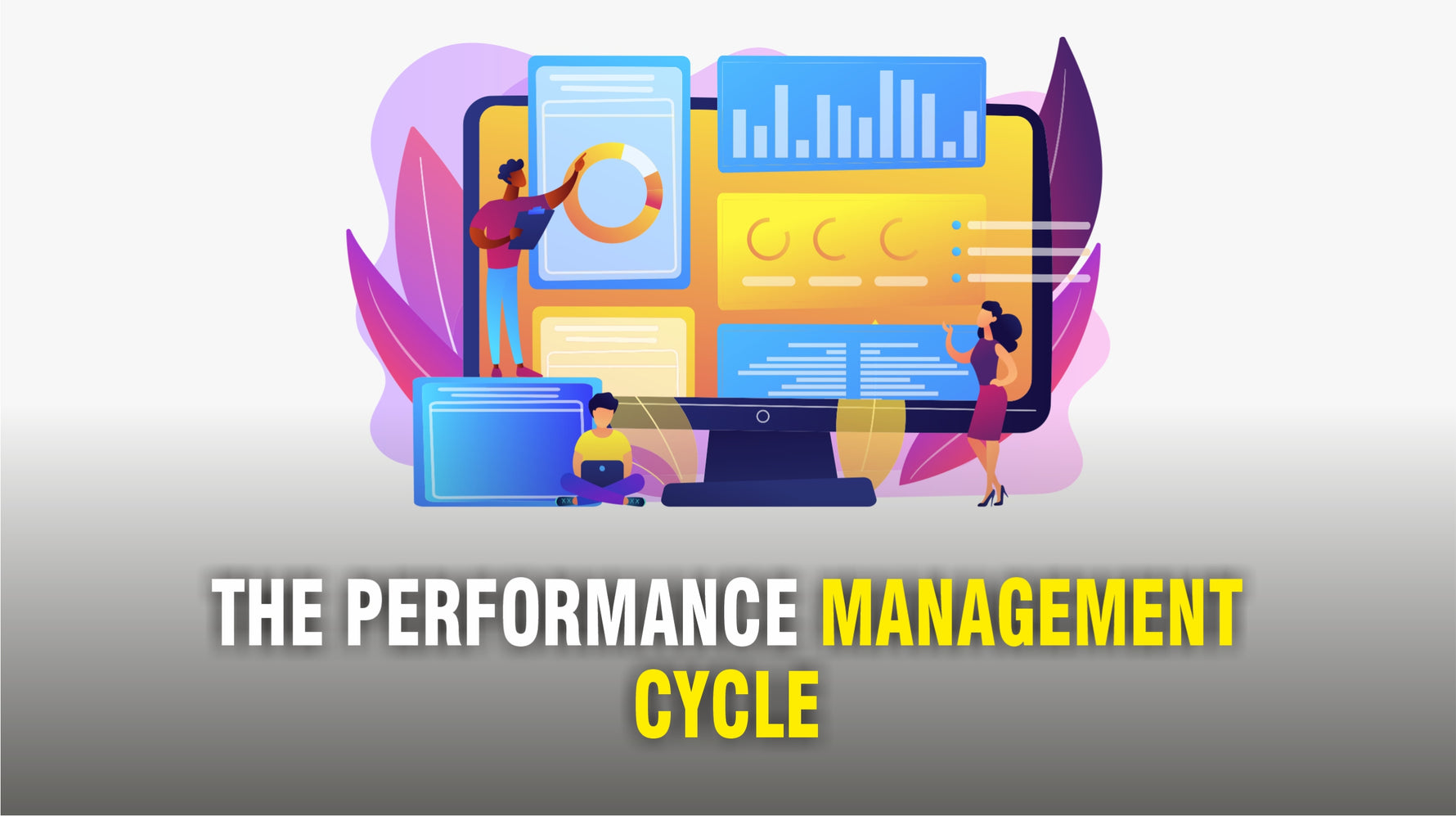Bill Gates commented on performance, saying, “In business, the idea of measuring what you are doing, picking the measurements that count like customer satisfaction and performance… you thrive on that.” His comment about measurements, customer satisfaction, and performance incorporates three concepts that must act together for a positive result. The performance management cycle is seasonal or annual checks on employee performance. The system has regards for no category of employee and seeks to make amends and to drive every workforce unitedly towards a planned goal.The primary target of this formality is to generate or discover strategies that work. This is why the strategy takes place mostly on an annual basis to rate employee performance and see what could be done to enhance performance.Ultimately, the idea of the performance management cycle keeps employees on course to deliver desired outputs. This is the case because employees generally fear receiving the least possible rating in any organization. The idea connects with the corporate core values of employees and attempts to match such values with the expectations of the organization. The cycle is coupled with advantages such as work effectiveness, job flexibility, staff commitment, and high competition among staff. It involves four stages, which include.
Planning
Monitoring
Reviewing
Rewarding
Planning:
Planning is the first stage of the performance management cycle, and it deals with setting simple, achievable goals. Here, there could be minor but effective activities such as a description of the job at hand, outlining clear goals, and informing staff members of the expectations of the organization for the year. This phase should include understanding and incorporating the guiding principles of the organization. Further, management should identify performance objectives and strategies that have an employee focus. While planning, let the plan agree with John Quincy Adams’ statement that, “If your actions inspire others to dream more, learn more, do more and become more, you are a leader.” Make plans that motivate an employee and that are flexible. Be part of the plans and try to carry every individual along. In order to have a simpler performance management model, consider implementing the S-M-A-R-T technique. This is a technique for goal-setting. Goals or objectives should be:
S : Specific – Be specific with the goal and ensure it is a clear goal for easy understanding in the organization.
M : Measurable – All plans must be measurable and easy to comply with.
A : Achievable – Do not plan on actions that are not easily achievable by the organization. Simply, be realistic with the plans.
R : Relevant – All plans must be relevant and able to leave positive effects on organizational growth.
T : Time-Bound – Do not make plans to borders away from achievable time.
One of the most essential processes in this phase is the last portion of it. Both the manager and employee (and sometimes HR) should agree and confirm the plans before implementing them. This ensures an understanding by all involved.
Monitoring:
The second phase of the performance management cycle involves keeping tabs on the ongoing activities and businesses of the organization. Check up on the progress and employee performances in place towards achieving an organizational goal. Meet occasionally to discuss difficulties and proffer solutions. It is ideal to hear staff suggestions as they sometimes know what is best for the company since they are more involved in the production aspect. In this phase, a manager should provide ongoing coaching, counseling, mentoring, and guidance. They should also promote employee training and development opportunities in order to manage underperformance and disciplinary issues better. Performance monitoring and development should be ongoing processes, that if encompassed with effective goal-setting, can build a bridge to employee success.
Reviewing:
Review activities to identify how much of the goals have been met so far. In essence, here we determine the accountability effectiveness measures. Ideally, a review should result in taking measures to enhance the current situation. Further, it is essential to determine that the additional measures help to meet goals. Giving due attention to staff is critical. The staff could likely be declining as a result of specific new company policies, innovation, working environment, or poor employer-employee relationships. In order to uncover the cause, question such staff, and do not reprimand the staff in the process. Be encouraging to convince such staff to become more committed to the job. It is important to refer to previously developed plans to see if goals have been met. Determining rating results is important at this stage. At this stage, managers should provide feedback on the rating results and performance objectives. The keyword is feedback!
Rewarding:
The fourth and final state of the performance management cycle is the rewards, remuneration, and recognition phase. This is an encouragement of an employee’s performance for the season. Dale Carnegie (Leadership Training Guru) opines that “People work for money but go the extra mile for recognition, praise, and rewards.” Apart from money, workers also need recognition and deserving praises. What this means is that an employee who feels unrecognized will not remain committed. To encourage that desire to work more and dedicate more, a reward should be considered. Such rewards could come in many forms and may include gifts, promotion, increased salary, reduced work hours, and extended liberties. Rewards should not initially be tied to ratings or plans. Ratings should be used to evaluate performance. Meeting goals and objectives may ultimately be tied to monetary rewards such as bonuses or merit increases. Other rewards may include promotions, special recognition, or meeting requirements for certification. This stage is also characterized by implementing performance improvement initiatives as or if necessary. If the employee did not meet desired goals and objectives, they should not necessarily be rewarded, but should also receive the appropriate follow-up to ‘reward’ their performance. This is sometimes done with performance improvement plans.





